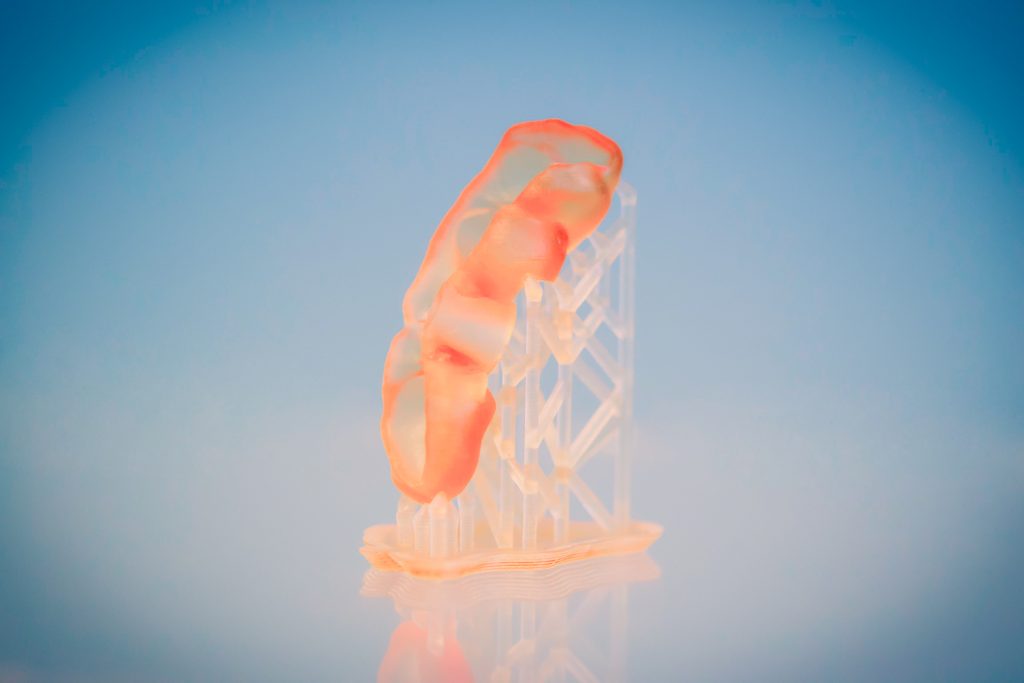The FDA understands that 3D printing of medical devices can advance new and innovative personalized healthcare experiences. “Medical device companies have begun adopting additive manufacturing, also known as 3D printing, to create devices that were previously impossible to make, personalized to the patient, or both,” said Lt. James Coburn, MSc, co-chair of the FDA Additive Manufacturing Working Group and lead for the FDA’s Additive Manufacturing Core Facility.

3D printing can create medical devices from a variety of materials, even biological substances. These personalized, intricately designed medical devices not only push the innovation envelope—they result from production techniques that differ from other manufacturing processes, and therefore require divergent quality control processes and metrics.
Given that new wrinkle, the FDA has done a couple of things to help ensure patient safety and device effectiveness: issue formal guidance for additive manufactured medical devices and operate an Additive Manufacturing of Medical Products (AMMP) lab. The shared-resource lab lets researchers collaborate, using state-of-the-art equipment, to broaden overall FDA research. The investigators study manufacturing quality control software processes and measurement techniques to help certify that 3D printed devices are manufactured consistently and that their performance is measured accurately.
The AMMP lab focuses on several issues to understand how 3D printing affects patient outcomes and device safety and efficacy, including:
- Methods to assess the cleaning of 3D printed devices, given their new, complex structures.
- Optical and radiographic imaging technologies for biologically accurate shapes.
- Measuring outcomes for personalized, patient-specific instrumentation and devices.

The lab sports a variety of 3D printers for polymer printing, laser sintering, laser-based stereolithography, digital light processing, fused deposition modeling, and a bioplotter for biological solutions. It has laser scanners and software, including SOLIDWORKS Professional from Dassault Systèmes, so researchers can model and simulate medical device additive manufacturing software on a digital collaboration platform and spit out the G-code (Geometric Code) commands that direct the 3D printing operations.
The FDA’s guidance document, Technical Considerations for Additive Manufactured Medical Devices, lays out its initial thinking in two areas: Design and Manufacturing Considerations and Device Testing Considerations. The first describes technical issues that should be addressed as part of quality system requirements. The second, Device Testing Considerations, explains what information is needed for premarket notification submissions, approval applications, humanitarian device exemption applications, De Novo requests (a pathway to classify novel medical devices), and investigational device exemptions.
This FDA document is what it calls “leapfrog guidance”—text where it shares its initial thoughts on emerging technologies of import to public health early in product development. The Agency is clearly encouraged by the potential of 3D printing.
“For medical devices, AM [Additive Manufacturing] has the advantage of facilitating the creation of anatomically matched devices and surgical instrumentation (called patient-matched devices) by using a patient’s own medical imaging,” the FDA states. “Another advantage is the ease in fabricating complex geometric structures… that would not be easily possible using traditional manufacturing approaches.”
